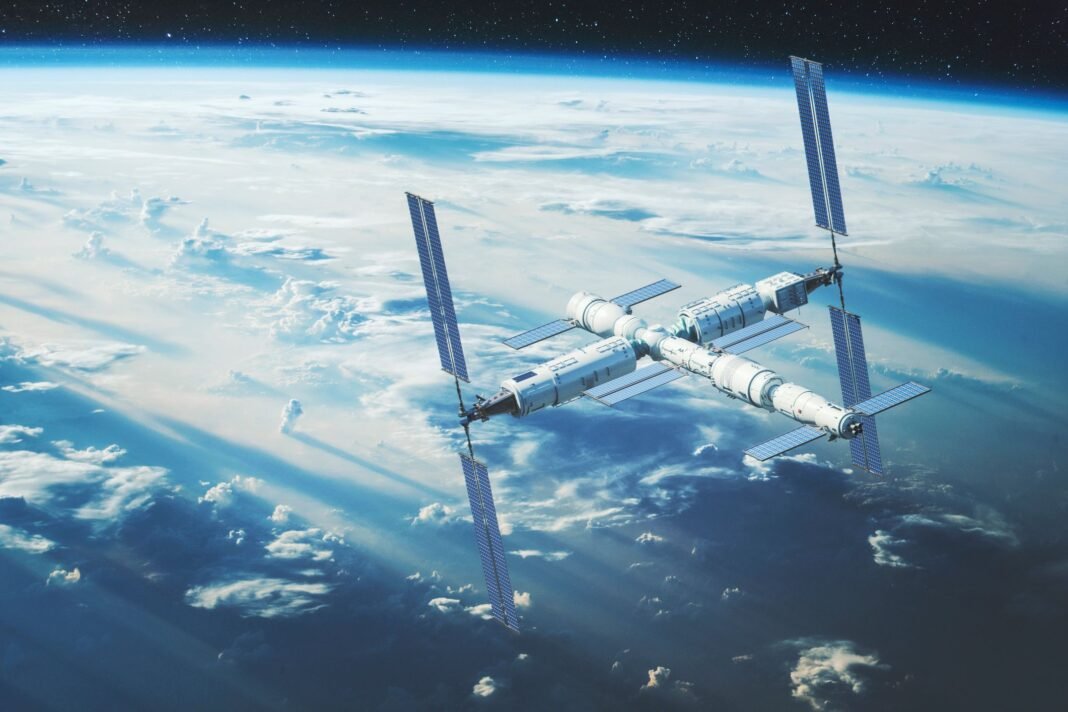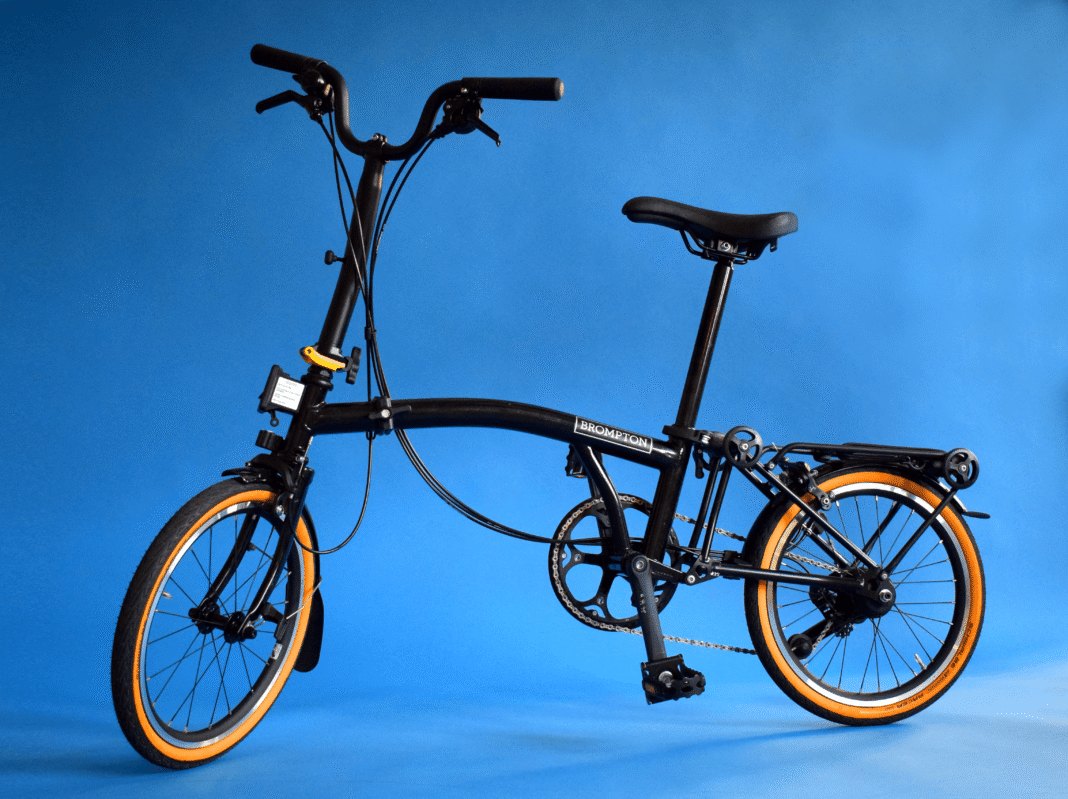China Launches Cutting-Edge AI Chatbot on Tiangong Space Station
Wukong AI: Revolutionizing Space Mission Support
The Tiangong space station has recently integrated an advanced artificial intelligence chatbot designed to assist astronauts with navigation and mission management.Known as Wukong AI, this innovative system takes its name from the legendary Chinese figure Sun Wukong, the “Monkey King,” renowned for his wit and resilience.Since its activation in mid-July, Wukong AI has considerably supported three taikonauts during a challenging extravehicular operation.
An AI Tailored for the Complexities of Spaceflight
although specific technical details remain limited, Chinese authorities have disclosed that Wukong AI was developed using a domestically sourced open-source artificial intelligence framework. The chatbot’s architecture is customized to address the stringent requirements of manned space missions by focusing on aerospace flight data and critical operational knowledge.
“This technology provides rapid and precise informational assistance for complex tasks and problem-solving onboard,” stated Zou Pengfei from the astronaut training center. “It boosts mission efficiency, offers psychological support during extended operations, and enhances communication between crew members in orbit and ground control.”
A Dual-Component Architecture Enhancing Real-Time Responsiveness
The system functions through two linked modules: one embedded within Tiangong’s onboard systems handling immediate astronaut queries, while a counterpart module on Earth performs comprehensive data processing behind the scenes. This collaborative design enables dynamic adaptation to evolving mission demands, ensuring continuous support throughout various phases of operation.
Pioneering Large Language Model Deployment in China’s Orbital Missions
The introduction of Wukong AI into Tiangong occurred on July 15th with active operational use beginning about a month later. this deployment represents China’s first application of a large language model (LLM) directly supporting activities in orbit. During an intense six-and-a-half-hour spacewalk focused on installing debris shielding alongside routine maintenance checks, Wukong provided real-time guidance that proved invaluable to crew performance.
comparing wukong with Global space-Based Artificial Intelligences
while China is not new to incorporating artificial intelligence into orbital environments-NASA’s Astrobee robots or Germany’s CIMON assistant aboard the International space Station are notable precedents-Wukong stands out by combining Earth-like smart assistant features with specialized aerospace navigation expertise tailored specifically for manned missions.
The Strategic Importance of Tiangong Within China’s Expanding Space Ambitions
The Tiangong station serves as more than just an orbital laboratory; it plays a pivotal role in China’s long-term strategy to become a leading power in human space exploration over coming decades. Currently functioning as a microgravity research platform enabling experiments impossible under Earth’s gravity constraints, plans are underway to evolve Tiangong into an intermediate logistics hub supporting lunar expeditions while also acting as training grounds for future astronauts preparing for deep-space missions.
Cultural roots Behind Naming: sun Wukong Embodies Innovation & Tenacity
Naming this state-of-the-art technology after Sun Wukong carries profound cultural meaning reflecting qualities such as adaptability under pressure, clever problem-solving abilities, endurance through adversity, and relentless pursuit of knowledge-all traits essential for success beyond our planet’s atmosphere.





